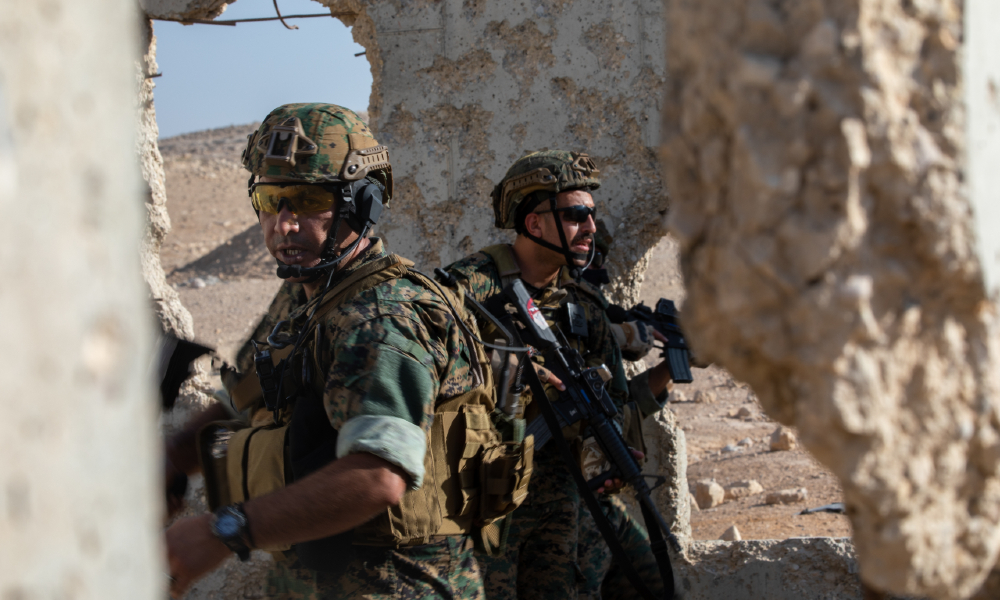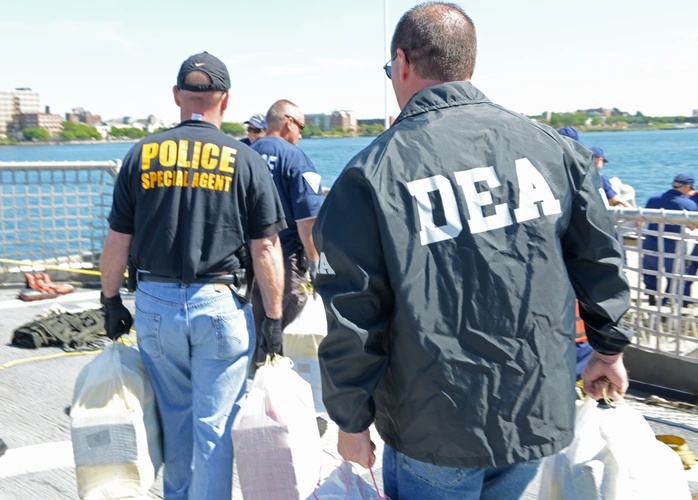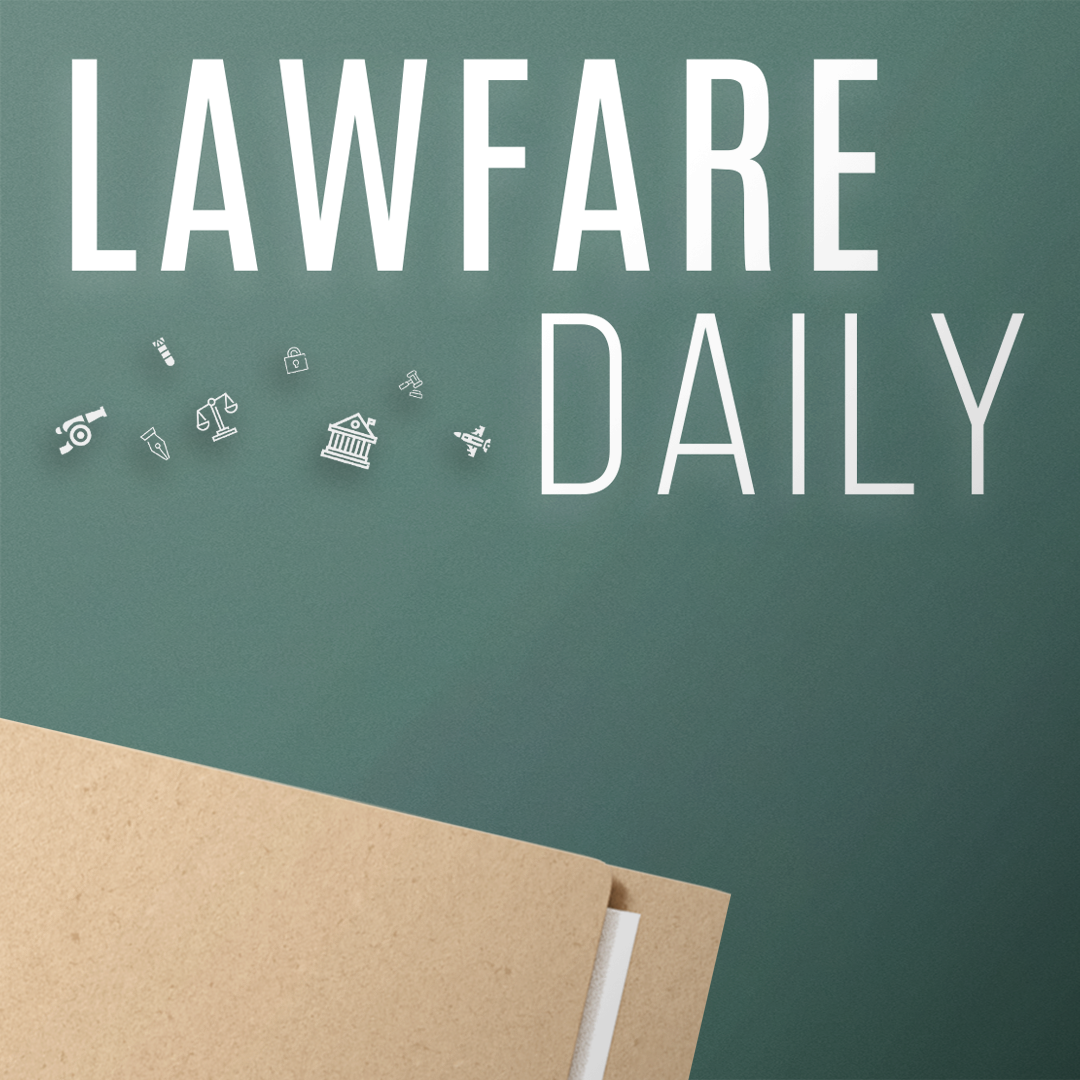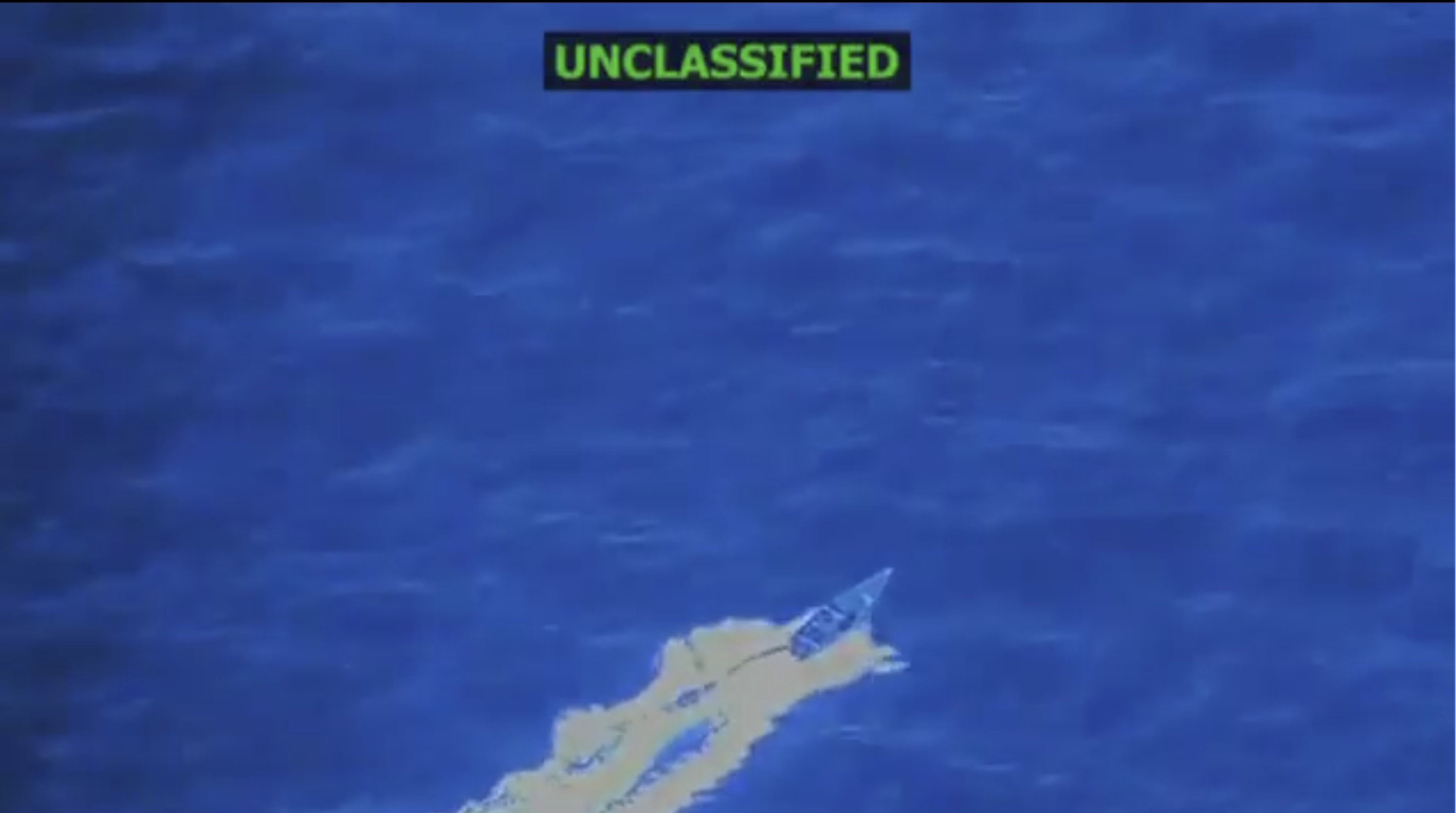Hezbollah’s Collapse Is Lebanon’s Opportunity
Plans to disarm the paramilitary group will reshape the country—if the Lebanese Armed Forces can follow through.

Published by The Lawfare Institute
in Cooperation With

Editor’s Note: Israel’s military campaigns since Oct. 7, 2023, have reordered the Middle East, creating opportunities as well as turmoil. Siddhant Kishore argues that Hezbollah, which has long dominated Lebanon, is weak and that this is an ideal time for the government of Lebanon, with international support, to disarm the group.
Daniel Byman
***
Before the Oct. 7, 2023, Hamas attacks on Israel, the Lebanese Hezbollah was the region’s most powerful substate actor, with around 40,000 fighters under arms and a massive rocket and ballistic missile arsenal. One year later, Israeli precision strikes killed the organization’s leader, Hassan Nasrallah, and eliminated much of its senior leadership. Israeli ground operations subsequently dismantled Hezbollah positions and tunnel networks in southern Lebanon. During these campaigns, Israel also killed or wounded thousands of Hezbollah fighters.
Hezbollah’s military collapse, coupled with Iran’s waning influence, now offers Lebanon a rare chance to end four decades of militancy and reassert full control over the country. In August, the Lebanese government approved a U.S. proposal to disarm Hezbollah and facilitate Israel’s withdrawal from southern Lebanon. Lebanon, the United States, and Israel must urgently resolve the outstanding issues regarding the proposal’s timeline to build consensus on its implementation, ensuring Hezbollah’s disarmament and paving the way for lasting peace along the Israel-Lebanon border.
A Full-Spectrum Defeat for Hezbollah
Hezbollah has suffered decisive military, political, and economic setbacks. In September 2024, Israel remotely detonated explosives planted in Hezbollah members’ communication devices, injuring some 3,000 fighters and rendering them immediately ineffective in combat. Shortly thereafter, a series of precision airstrikes killed several high-ranking Hezbollah commanders—including Nasrallah, the commander of the rocket force, the Radwan special forces chief, and all remaining living founders of the group. This leadership decapitation severely degraded the group’s battlefield effectiveness and troop morale, granting the Israel Defense Forces (IDF) an operational advantage as it launched a ground offensive in southern Lebanon. Israeli ground operations destroyed much of Hezbollah’s rocket stockpile and crippled its ground forces, leaving the group unable to sustain offensive operations. Hezbollah failed to mount an effective defense, and the counterassault was limited largely to sporadic ambushes against IDF assault units. This was likely due to the absence of a war strategy or a collapse in command-and-control communications. By late November 2024, the IDF entered a ceasefire with Hezbollah. By that point, the IDF had seized key terrain in southern Lebanon that Hezbollah used to launch rocket attacks into northern Israel, and began demolishing Hezbollah’s infrastructure above and below ground.
On Aug. 5, 2025, Nasrallah’s successor, Naim Qassem, admitted that Israeli operations killed nearly 5,000 Hezbollah fighters and wounded 13,000 others—roughly 45 percent of the group’s estimated 40,000 combatants. Israel also destroyed 80 percent of Hezbollah’s rocket stockpile and 70 percent of its drones, and severely degraded the group’s short-range ballistic missile arsenal, while maintaining uncontested air and operational superiority over southern Lebanon. In addition to this destruction of Hezbollah’s military capacity, the November 2024 ceasefire deal reinforced the IDF’s effort to push Hezbollah from southern Lebanon. The agreement required the Lebanese Armed Forces (LAF) to backfill the IDF as Israeli troops gradually withdrew back across the border. By May 2025, the LAF reported dismantling over 500 Hezbollah positions and weapons storage facilities in southern Lebanon.
However impressive, Israel’s tactical and operational successes and its arrangement with the LAF in southern Lebanon cannot secure lasting peace along the Lebanon-Israel border. Only a political end state that targets Hezbollah’s strategic lifelines—its financial networks, political power, and both popular and external support—can dismantle the group as a substate force.
This process is beginning. In the past, Hezbollah’s military strength allowed it to defy or intimidate its rivals in Lebanon, and the group repeatedly assassinated those who openly opposed it. Now, its rivals are standing up to the group. On Aug. 5, the Lebanese government announced that the military would have a monopoly on arms and begin disarming Hezbollah, while also calling for Israel’s complete withdrawal. The LAF has since told the government that it has plans to proceed, but the policy has prompted cabinet members from Hezbollah and Amal parties to resign in protest. Under the arrangement, the LAF will gradually replace Israeli forces positioned at five remaining hilltops in southern Lebanon, enforce Hezbollah’s arms surrender, and ensure an end to Israeli air and ground operations in Lebanon.
The political shift caused by the cabinet members’ resignations further underscores Hezbollah’s decline. Hezbollah and its allies now hold only five of 24 cabinet seats, making passage of the disarmament bill relatively straightforward. Even Hezbollah’s regular political backers, including Parliament Speaker Nabih Berri, have endorsed the state’s monopoly on arms. The Free Patriotic Movement and the Marada Movement, once staunch supporters of Hezbollah’s armed status, have also aligned with the government. Hezbollah’s inability to rally its traditional allies or prevent defections illustrates its diminishing political leverage in Lebanon’s national politics. For the first time in decades, the group lacks the political weight to dictate state decision-making.
Failure to Reconstitute
The Lebanese government’s crackdown on Hezbollah’s financial institutions and the loss of regional supply routes have severely constrained the group’s ability to reconstitute itself. Authorities imposed strict restrictions on Hezbollah’s primary financial arm, al-Qard al-Hassan (AQAH), effectively blocking the group from conducting international or domestic transactions. In July, the U.S. Department of the Treasury sanctioned seven individuals linked to AQAH, further limiting its operations. Lebanese officials have also intensified efforts to disrupt Iranian attempts to smuggle weapons and cash into Lebanon through airports. Meanwhile, the collapse of the Bashar al-Assad regime in Syria has cut off Hezbollah’s principal supply corridor to Iran. The Lebanon-Syria border once served as a lifeline for large-scale Iranian shipments, but the new Syrian government has dismantled smuggling networks and cooperated with Lebanon to eliminate the cross-border captagon trade, another pillar of Hezbollah’s illicit economy. Without these supply routes, Hezbollah lacks the domestic capacity to replenish its rocket and ballistic missile stockpiles, significantly undermining its ability to rebuild.
Hezbollah is currently at its weakest point since its formation in 1982. While the group also suffered major military losses in 2006, it managed to retain popular support in southern Lebanon by providing economic incentives and funding for postwar reconstruction. Today, however, Hezbollah can no longer sustain that social safety net. Government restrictions on its financial institutions have crippled its ability to deliver aid. Reports indicate that Hezbollah has suspended salary payments to its fighters and stopped providing financial assistance to the wounded. By opening a second front against Israel, Hezbollah drew Lebanon into an unnecessary war that displaced thousands of southern residents and caused severe infrastructure damage. Hezbollah’s failure to rebuild this damage will erode the local population’s trust in the organization going forward. This creates an opportunity for the Lebanese state to fill the vacuum and reassert its sovereignty as the net guarantor of security and stability in the south.
Pro-Hezbollah sources recently claimed that the group has begun rebuilding its command structure by appointing new leaders. Yet this effort is unlikely to provide meaningful military value in the near term. Israel has killed nearly all senior Hezbollah military commanders who held important battlefield portfolios, leaving replacements to be appointed from its lower ranks. While junior commanders may have enough battlefield experience to manage smaller units, they lack the strategic decision-making skills necessary to rebuild Hezbollah quickly. Successful military reconstitution requires both adequate leadership and time—neither of which Hezbollah currently possesses. Moreover, Iran, Hezbollah’s key external backer, is in no position to provide support. Although Iranian officials have pledged full backing to Hezbollah amid Lebanon’s disarmament efforts, their support is largely rhetorical. Tehran suffered heavy losses during its 12-day war with Israel in June, which crippled its air defense and ballistic missile capabilities. As a result, Iran cannot allocate significant financial or military resources to Hezbollah’s revival and, with its supply routes compromised, would have limited means of conveying that support even if it could.
Despite these heavy setbacks, Hezbollah has not been fully defeated. Estimates indicate that the group still fields around 75,000 regular and reserve operatives and holds 20,000-25,000 rockets and missiles. It continues to command a loyal support base, particularly in southern Lebanon and the Bekaa Valley. In May, Hezbollah dominated municipal elections in the south, proving it retains significant popular backing in its strongholds even as it has been losing influence at the national level. Meanwhile, the LAF appears only partially willing to enforce Hezbollah’s disarmament, which it has indicated could take up to 15 months to fully implement. In the first phase, Lebanese forces will confiscate arms in areas south of the Litani River and establish checkpoints by the end of November. This effort will face significant obstacles, as Hezbollah has historically relied on these areas for storing weapons and maintaining a network of loyalists. LAF commander Brig. Gen. Rodolphe Haykal has already signaled that the army will not directly confront Hezbollah, likely due to the group’s deep entrenchment in southern communities and the risk of igniting civil conflict.
The extended timeline provides Hezbollah with the opportunity to regroup, rearm, and undermine the LAF’s disarmament efforts. Its enduring grip on local communities, combined with the LAF’s financial constraints and flaws in the disarmament plan, continues to strengthen Hezbollah’s prospects for reconstitution amid Lebanon’s unresolved civil-military divide.
Lebanon Cannot Afford to Hesitate
Any delay in the disarmament effort will only strengthen Hezbollah’s chances of recovery. Israeli intelligence recently assessed that the group has begun producing drones domestically to reduce dependence on Iranian imports while also seeking to restructure its financial system to resume payments to fighters and supporters. These efforts are designed to rebuild its national support base and replenish its weapons stockpile over time. Qassem has grown increasingly frustrated with the government’s disarmament efforts, threatening to incite anti-government protests across Lebanon, and Hezbollah supporters have already staged demonstrations against the proposal to disarm the group. The LAF must remain prepared for contingencies in the south should Hezbollah fighters or supporters escalate to violent confrontations with government forces.
Israel is a party to the proposal but has not yet agreed to the withdrawal timeline, with its officials insisting that an IDF pullout must be contingent on Hezbollah’s complete disarmament. However, Israel’s continued military presence in southern Lebanon undermines this very objective. For Hezbollah, Israel’s armed presence on Lebanese soil provides the group with the pretext to justify its armed status. Many Lebanese political figures—including those critical of Hezbollah—view the IDF presence as illegitimate, which risks strengthening Hezbollah’s narrative that it remains Lebanon’s sole “resistance” force. From this perspective, Israel’s presence hinders efforts to disarm Hezbollah by sustaining the very rationale Hezbollah uses to retain its weapons.
Israel’s presence in southern Lebanon may address its immediate security concerns, but it undermines the larger political objective of dismantling Hezbollah as an armed substate actor. Hezbollah has long used areas in the south to launch attacks against Israeli communities, making Israel reluctant to withdraw. Breaking this cycle requires Israel to commit to a phased withdrawal—coordinating with the LAF so that it can backfill the IDF in the south. The onus now is on the Lebanese government to resolve this deadlock with Israel, strengthen coordination with the LAF, and ensure Hezbollah is denied the opportunity to regroup and reconstitute. Hezbollah’s loss is Lebanon’s gain, and the potential to finally disarm this counterweight to the official government offers Lebanon’s leaders a rare, perhaps once-in-a-lifetime, chance to reclaim their sovereignty and restore their failed state.





